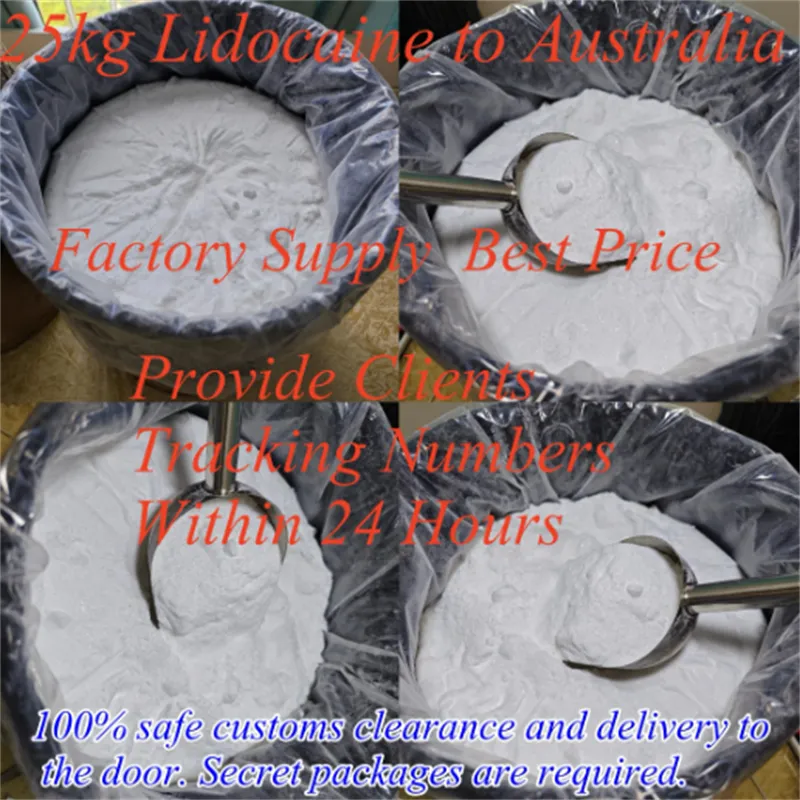Warning: Undefined array key "title" in /home/www/wwwroot/HTML/www.exportstart.com/wp-content/themes/1198/header.php on line 6
Warning: Undefined array key "file" in /home/www/wwwroot/HTML/www.exportstart.com/wp-content/themes/1198/header.php on line 7
Warning: Undefined array key "title" in /home/www/wwwroot/HTML/www.exportstart.com/wp-content/themes/1198/header.php on line 7
Warning: Undefined array key "title" in /home/www/wwwroot/HTML/www.exportstart.com/wp-content/themes/1198/header.php on line 7
- Afrikaans
- Albanian
- Amharic
- Arabic
- Armenian
- Azerbaijani
- Basque
- Belarusian
- Bengali
- Bosnian
- Bulgarian
- Catalan
- Cebuano
- China
- China (Taiwan)
- Corsican
- Croatian
- Czech
- Danish
- Dutch
- English
- Esperanto
- Estonian
- Finnish
- French
- Frisian
- Galician
- Georgian
- German
- Greek
- Gujarati
- Haitian Creole
- hausa
- hawaiian
- Hebrew
- Hindi
- Miao
- Hungarian
- Icelandic
- igbo
- Indonesian
- irish
- Italian
- Japanese
- Javanese
- Kannada
- kazakh
- Khmer
- Rwandese
- Korean
- Kurdish
- Kyrgyz
- Lao
- Latin
- Latvian
- Lithuanian
- Luxembourgish
- Macedonian
- Malgashi
- Malay
- Malayalam
- Maltese
- Maori
- Marathi
- Mongolian
- Myanmar
- Nepali
- Norwegian
- Norwegian
- Occitan
- Pashto
- Persian
- Polish
- Portuguese
- Punjabi
- Romanian
- Russian
- Samoan
- Scottish Gaelic
- Serbian
- Sesotho
- Shona
- Sindhi
- Sinhala
- Slovak
- Slovenian
- Somali
- Spanish
- Sundanese
- Swahili
- Swedish
- Tagalog
- Tajik
- Tamil
- Tatar
- Telugu
- Thai
- Turkish
- Turkmen
- Ukrainian
- Urdu
- Uighur
- Uzbek
- Vietnamese
- Welsh
- Bantu
- Yiddish
- Yoruba
- Zulu
Oct . 02, 2024 11:32 Back to list
Sucralose vs Aspartame A Comparative Analysis of Artificial Sweeteners and Their Effects
Sucralose vs. Aspartame A Comparative Analysis of Two Popular Sweeteners
In the realm of artificial sweeteners, sucralose and aspartame stand out as two of the most commonly used sugar substitutes. Both of these compounds offer significant advantages for those seeking to reduce sugar intake, but they differ in their chemical composition, taste profiles, health implications, and applications. This article will delve into the characteristics of sucralose and aspartame, providing a comparative analysis that aids consumers in making informed choices regarding their sweetening options.
Chemical Composition and Properties
Sucralose, discovered in 1976, is derived from sugar through a process that replaces three hydroxyl groups with chlorine atoms. This modification results in a compound that is approximately 600 times sweeter than sucrose (table sugar) but contains no calories, as the body does not metabolize it. Its stability under heat makes it an ideal candidate for cooking and baking.
On the other hand, aspartame is a low-calorie sweetener composed of two amino acids, aspartic acid and phenylalanine. It is roughly 200 times sweeter than sugar and does contain calories; however, because of its potency, only a small amount is needed to achieve the desired sweetness. Aspartame can be broken down in the body, leading to the release of the amino acids it comprises, which are then utilized for energy.
Taste Profile
When it comes to taste, sucralose has been praised for its ability to closely mimic the sweetness of sugar without the aftertaste often attributed to some artificial sweeteners. It dissolves well in liquids and retains its sweet flavor across a wide range of temperatures.
Aspartame, while also well-received for its sweetness, can present a slight aftertaste for some consumers, particularly in larger quantities. This aftertaste can vary depending on the type of beverage or food it is used with. For instance, aspartame is often recommended for use in beverages, where its sweet profile tends to outshine any lingering flavors.
sucralose v aspartame

Health Implications
The health implications of these sweeteners have been a hot topic of discussion among researchers and consumers alike. Sucralose has been deemed safe for general consumption by various health authorities, including the U.S. Food and Drug Administration (FDA) and the World Health Organization (WHO). However, some studies have raised concerns about its effects on gut health and potential metabolic changes.
Aspartame has faced scrutiny primarily due to its phenylalanine content, which poses risks for individuals with phenylketonuria (PKU), a rare genetic disorder that impairs the metabolism of phenylalanine. Despite this caveat, extensive research has generally found aspartame to be safe for the vast majority of the population. Nonetheless, some individuals report sensitivity to aspartame, experiencing headaches or allergic reactions.
Applications
In terms of applications, both sucralose and aspartame are widely used in a variety of food and beverage products. Sucralose shines in products requiring heat stability, such as baked goods and processed foods, while aspartame is a staple in sugar-free beverages, yogurt, and low-calorie snacks. Each sweetener has carved its niche in the market, catering to different consumer preferences and dietary needs.
Conclusion
In conclusion, sucralose and aspartame are both valuable sugar substitutes that offer unique benefits and drawbacks. Sucralose excels in versatility and a sugar-like taste, making it suitable for various culinary applications. In contrast, aspartame provides a potent sweetness with fewer calories, making it popular in beverages. Ultimately, the choice between these sweeteners will depend on individual taste preferences, dietary restrictions, and health considerations. As with any food additive, moderation is key, and understanding the properties of sucralose and aspartame allows consumers to make informed decisions about their sweetening choices.
Latest news
-
Certifications for Vegetarian and Xanthan Gum Vegetarian
NewsJun.17,2025
-
Sustainability Trends Reshaping the SLES N70 Market
NewsJun.17,2025
-
Propylene Glycol Use in Vaccines: Balancing Function and Perception
NewsJun.17,2025
-
Petroleum Jelly in Skincare: Balancing Benefits and Backlash
NewsJun.17,2025
-
Energy Price Volatility and Ripple Effect on Caprolactam Markets
NewsJun.17,2025
-
Spectroscopic Techniques for Adipic Acid Molecular Weight
NewsJun.17,2025

